In the early 80s, computers were being used more and more in all industries and the movie industry was no exception.
Tron was well ahead of its time, a fun adventure film set in a very different fantasy world to those we were used to seeing in 1982.
37 years after its release it has cemented itself as a cult classic, but how much do you actually know about the film? It’s time to find out, as we reveal 20 remarkable secrets and facts surrounding the iconic science fiction adventure.
20. The cast were encouraged to play video games on-set
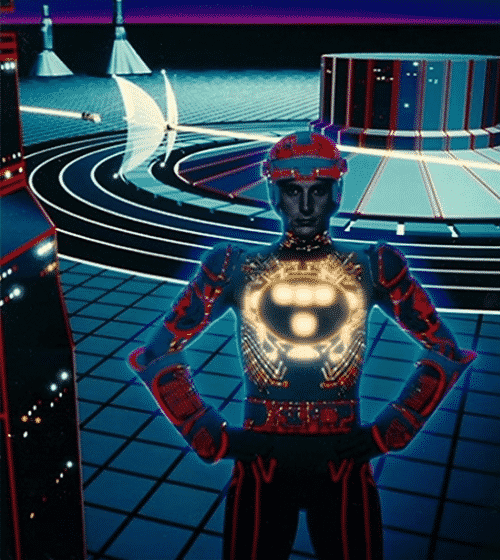
To try and get the cast more involved in the film they were starring in, arcade machines were put on the set during production for the actors to play during downtime, but for some stars their video game time started leaking into their other obligations…
[rtk_adunit_top]
According to an interview with Kotaku, Jeff Bridges became particularly hooked on a tank-based arcade title called Battle Zone.

When he started to play the arcade games, Jeff Bridges was surprisingly good at them and sometimes struggled to pull himself away for the next scene.
[rtk_adunit_middle]
“I remember I couldn’t believe it: we showed up the first day at work and around the walls of the studio – this is the first Tron — are video games that you have to put quarters in just all over,” said Bridges.

“I remember I got locked into this game, Battle Zone. You familiar with that game? The tanks. God, hours, and they would come and try to yank me away. I’d say ‘I’m preparing, I’m preparing.'”
[rtk_adunit_bottom]
19. The spin-off game was more financially successful than the film
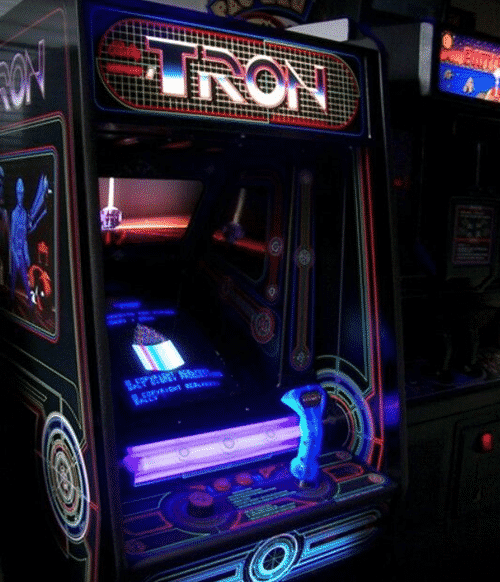
On its initial release, Tron was a moderate box office success, grossing around $50 million from an initial budget of $17 million. However, this was considered disappointing given the revolutionary promises tied to the film’s effects.
[rtk_adunit_top]
Spin-offs from the game were far more successful, with the most notable being the tie-in arcade game that bears the name of the film.
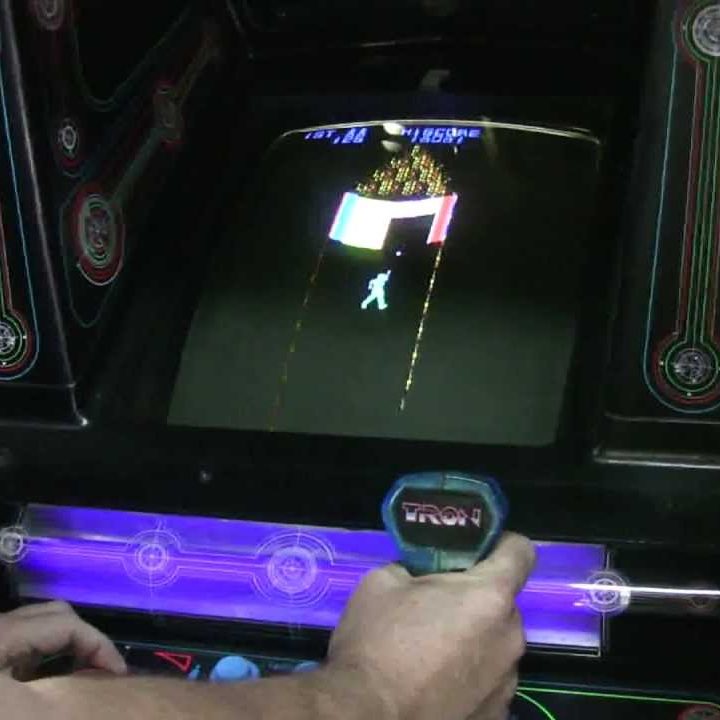
The Tron cabinet contains four different sub-games: a shoot-em-up, a variation on Snake, a tank game, and a game that replicates the climactic battle of the film.
[rtk_adunit_middle]
Produced by Bally Midway, the company behind arcade hits like Rampage and Mortal Kombat, Tron received an award for Best Coin-Operated Game of the Year. By some estimates, over 800 cabinets were sold and made $45 million in quarters, far exceeding the financial returns of the film.
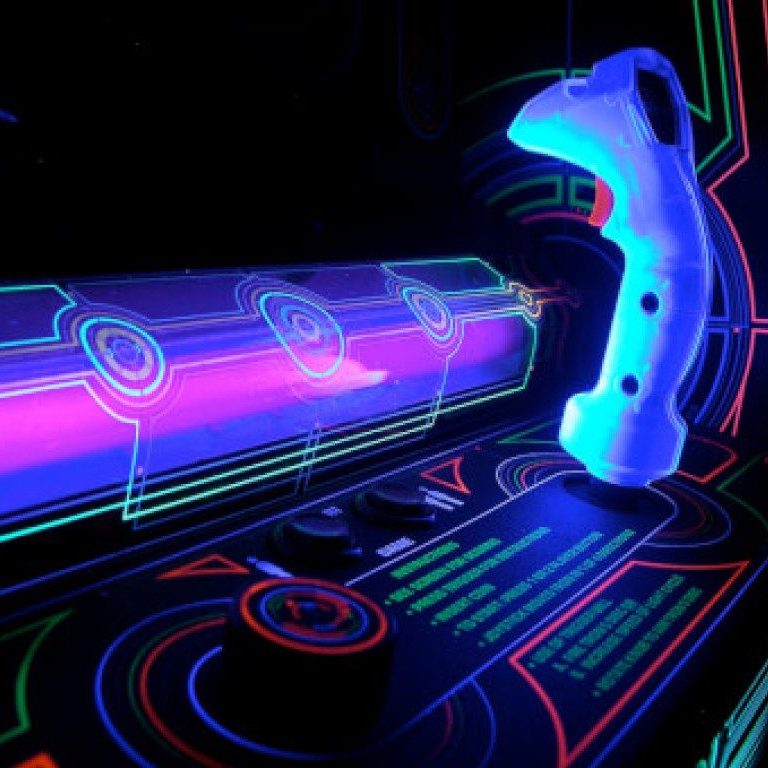
While the game was not ported to any home consoles at the time, it was later released for Xbox Live Arcade in 2008.
[rtk_adunit_bottom]
18. Disney animators refused to work on the film because they thought its visual effects revolution would get them fired
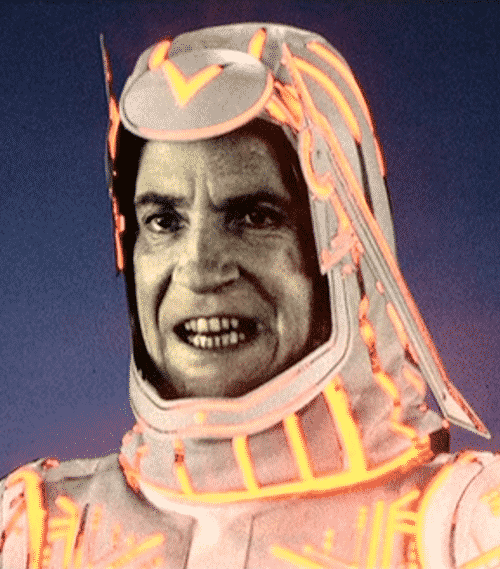
While Tron was distributed under the Disney label, many animators at the company refused to work on the film, and it’s easy to imagine why.
[rtk_adunit_top]
“They saw us as the germ from outside,” said director Steven Lisberger. “Disney is a closed group.”

Animators were worried that the pioneering digital technology of Tron would eventually quash demand for their hand-drawn films, and they didn’t want to be part of their own downfall.
[rtk_adunit_middle]
Disney did in fact close its animation studio in 2004 owing to the surge in CGI animation that Tron either inspired or was the harbinger of. The company would later reopen its hand-drawn studio under the direction of John Lasseter, but it seems that animators in 1982 knew what was coming.

Instead of using in-house animators, Lisberger turned to Wang Film Productions, best known for their work on Disney’s Ducktales and Rugrats.
[rtk_adunit_bottom]
17. The computer used to make the film was years ahead of its time
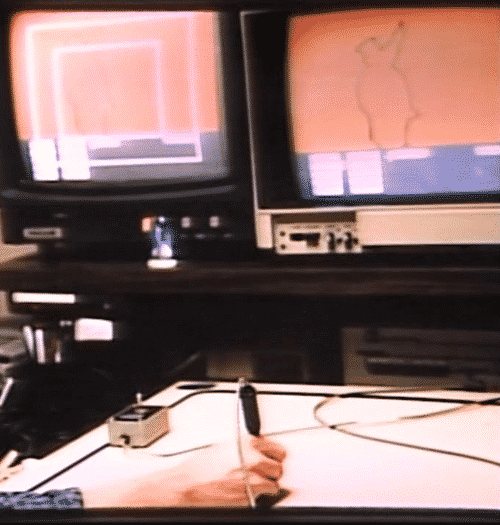
Nowadays, with supercomputers in the palm of our hands and running some of the world’s most complicated logistics and calculations, it’s easy to forget just how innovative digital technology was back in the 80s.
[rtk_adunit_top]
At the time Tron was made, the computer that helped with the effects was massively powerful, with 2MB of RAM (memory) and a colossal 330MB of storage space.

For comparison, typical computers on the time averaged between 1KB and 16KB of RAM, making the computer used for Tron literally hundreds and possibly thousands of times more powerful than the average consumer product. The average computer wouldn’t come close to that kind of computing power until the early 90s.
[rtk_adunit_middle]
And for a modern day perspective, the iPhone 11 – which is pocket-sized, rather than crate-sized – has a whopping 4GB of RAM, itself two thousand times as powerful at the computer that made Tron.

And that’s all well and good, but the question is: can you play Pong on an iPhone 11? And the answer is… yes. Obviously you can.
[rtk_adunit_bottom]
16. The film’s soundtrack was unavailable on CD for years
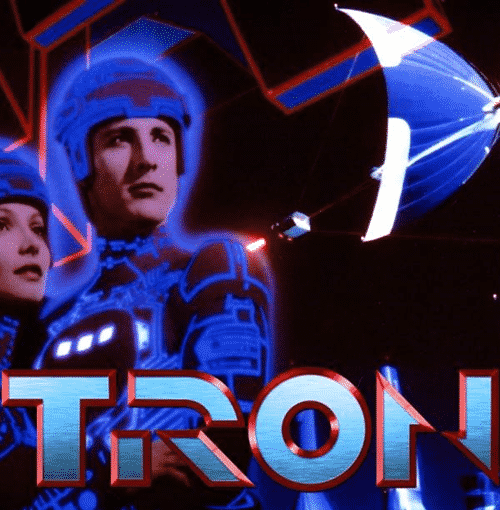
As you will have gathered, the visual effects for Tron were revolutionary, and in many respects so was the soundtrack. Unfortunately, the means in which it was stored certainly was not.
[rtk_adunit_top]
Since the score was, like almost all other music at the time, recorded in an analogue format, the team behind Tron were caught completely flat-footed when disaster struck.
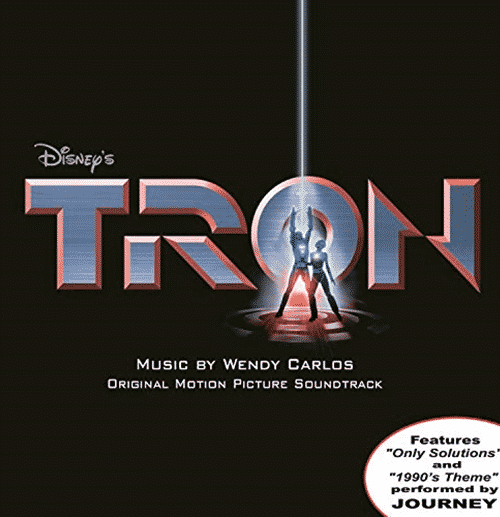
The master reels on which the soundtrack was stored became degraded and unplayable; thankfully, the music had already been cut into the film, and released on tape, but it meant that the soundtrack was unavailable for wider distribution on the latest trendy piece of tech: CD.
[rtk_adunit_middle]
Wendy Carlos, the composer, managed to obtain the broken tapes from the distributor, CBS Records, who warned her that attempting to play the tapes could permanently damage both the recordings and the playback device.
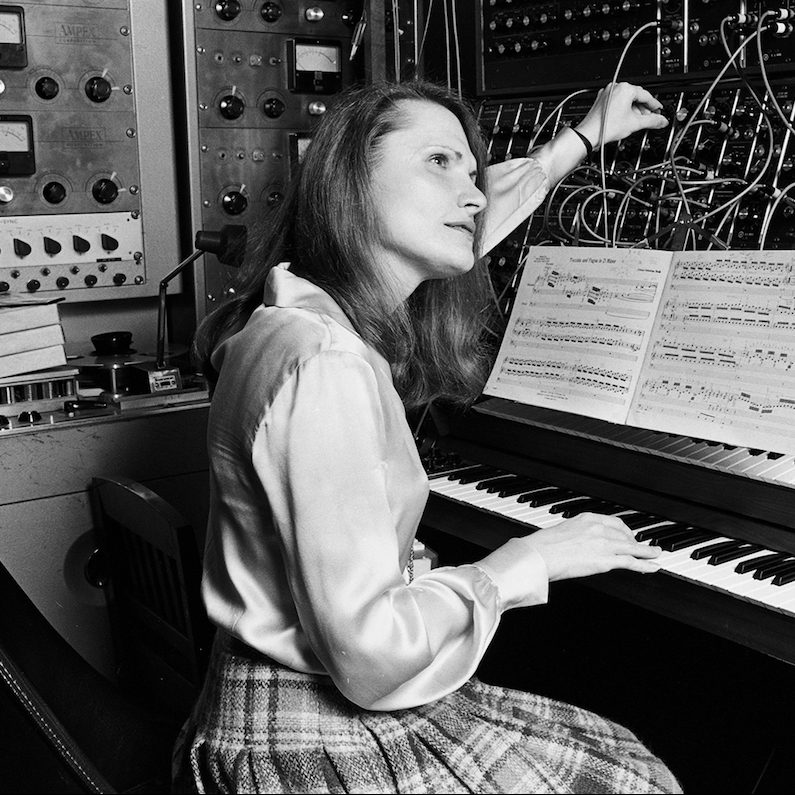
In order to avoid this, Carlos employed a technique called ‘tape baking’ to repair the reels, in which the tapes were literally put into an oven to better adhere the glue to the magnetic tape.
[rtk_adunit_bottom]
15. Tron’s failure led to an entirely new movie studio being created
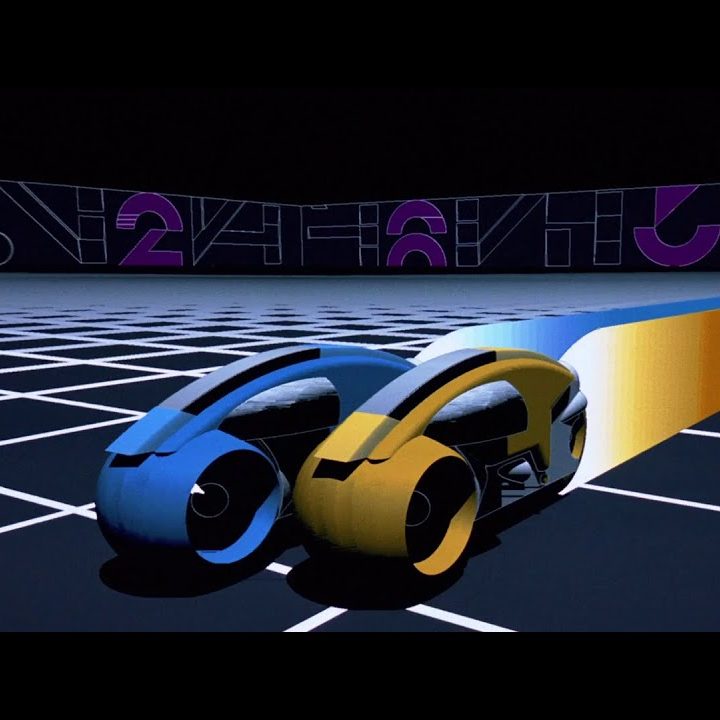
Tron was something of a box office disappointment. Even though it became Disney’s highest-grossing live-action film of 1982, the bar was certainly very low, and the tepid response to the film led Disney to thoroughly rethink its live-action output.
[rtk_adunit_top]
Disney had previously taken a big hit in the live-action department with the production and release of The Black Hole (1979), a blend of Star Wars and 2001: A Space Odyssey (1968) that had at the time been the most expensive film ever produced by the Disney corporation.

While there were some positive critical reviews, The Black Hole was largely regarded as a flop that set a bleak tone for Tron’s prospects.
[rtk_adunit_middle]
When Tron’s returns were less than exemplary, Disney took a break from live-action filmmaking and then later formed Touchstone Pictures, a new studio aimed at producing films targeted at an older audience.
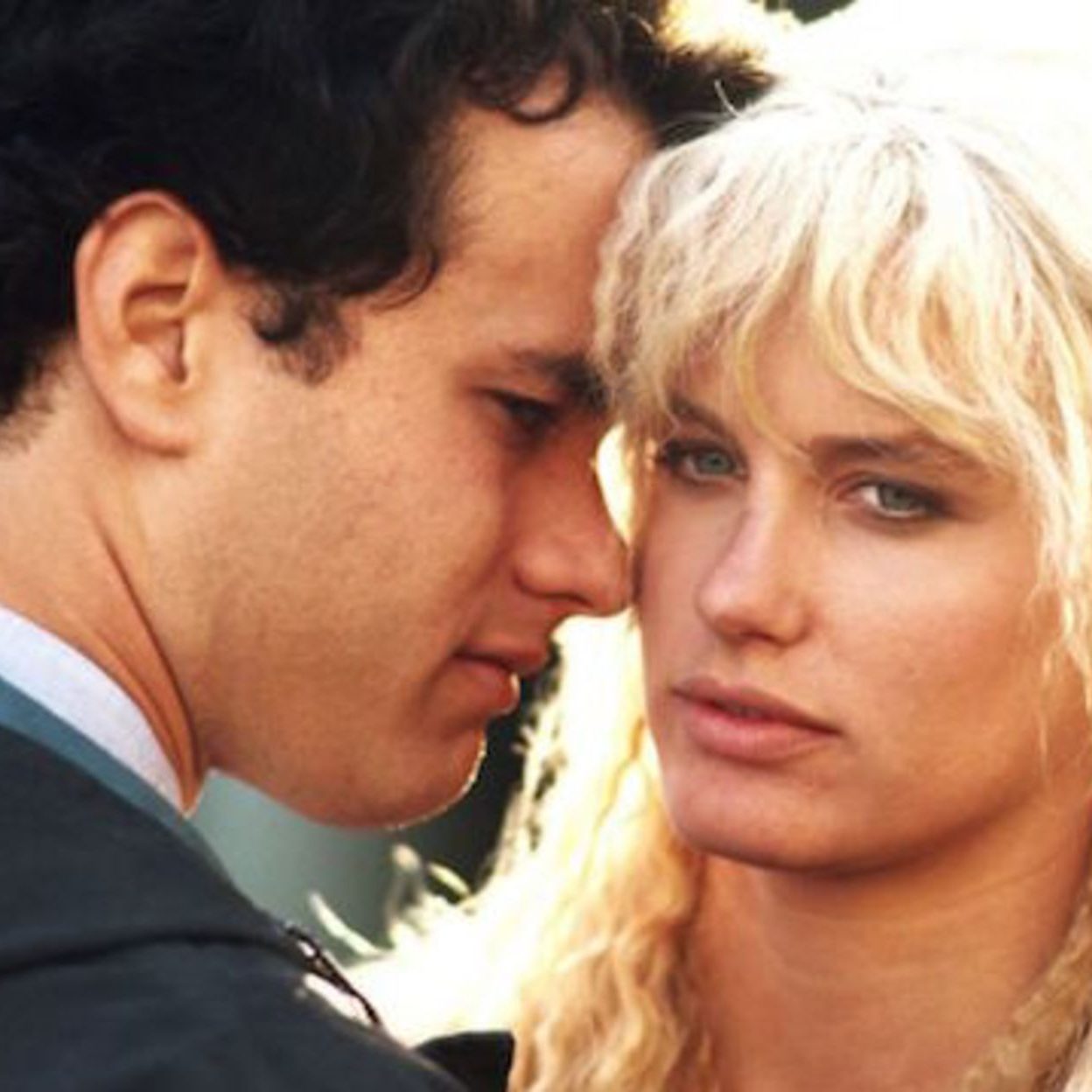
Touchstone’s first film, Splash (1984), was a huge success, and it later went on to produce classics like Who Framed Roger Rabbit (1988) and Sister Act (1992) – all thanks to Tron?
[rtk_adunit_bottom]
14. Much of the film was shot on black and white sets, with colour added later
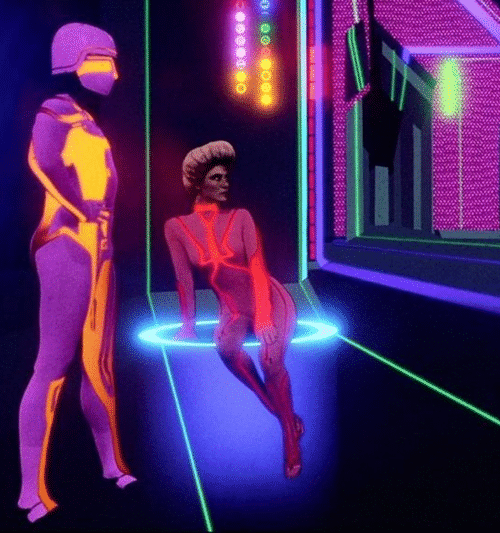
The use of computer-aided effects not only lent a futuristic look to Tron, but demanded a different style of filming than what the cast and crew were used to.
[rtk_adunit_top]
For the scenes that took place inside the computer world, filming took place in black and white and was tinted in post-production. “It was a very odd experience,” said Jeff Bridges in 2010, around the release of Tron: Legacy.
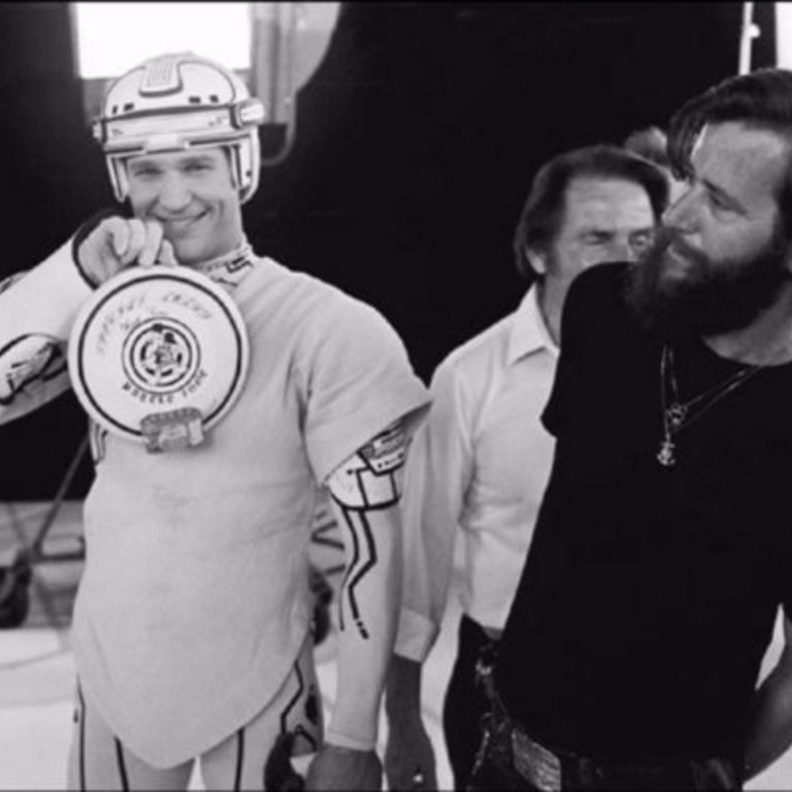
“The sets were made of this black fabric with white adhesive tape, and it was shot in black-and-white and then tinted later. I remember being on a black-and-white set all day and then going out into daylight and being amazed by the colour.”
[rtk_adunit_middle]
The effect was achieved through a variety of digital means, one of the most prominent being rotoscoping, in which animators trace over motion picture footage.

It wasn’t the first or last time rotoscoping would be used: the technique was famously employed for Star Wars’ lightsabers, as well as in A-ha’s music video for Take On Me (1984).
[rtk_adunit_bottom]
13. The film’s production team was enormous
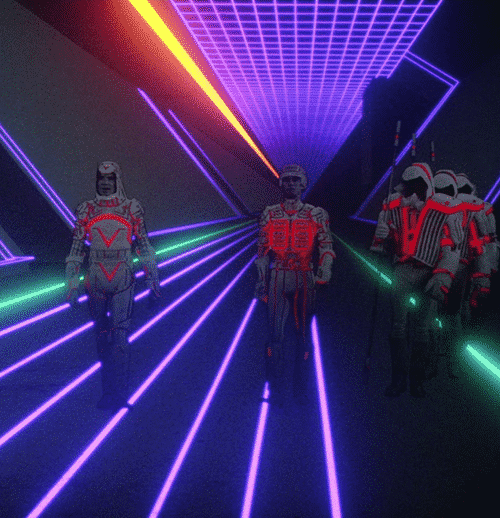
You might not realise it, but putting together an hour and a half or so of footage actually requires hundreds of people working full-time jobs for several months – and that’s especially true for Tron, whose production crew was enormous. No, we don’t mean they were giants.
[rtk_adunit_top]
Tron was well ahead of its time, and this meant that not just a sizeable cast was needed, but also a huge number of production and effects crew, with 569 people in total working on the film.
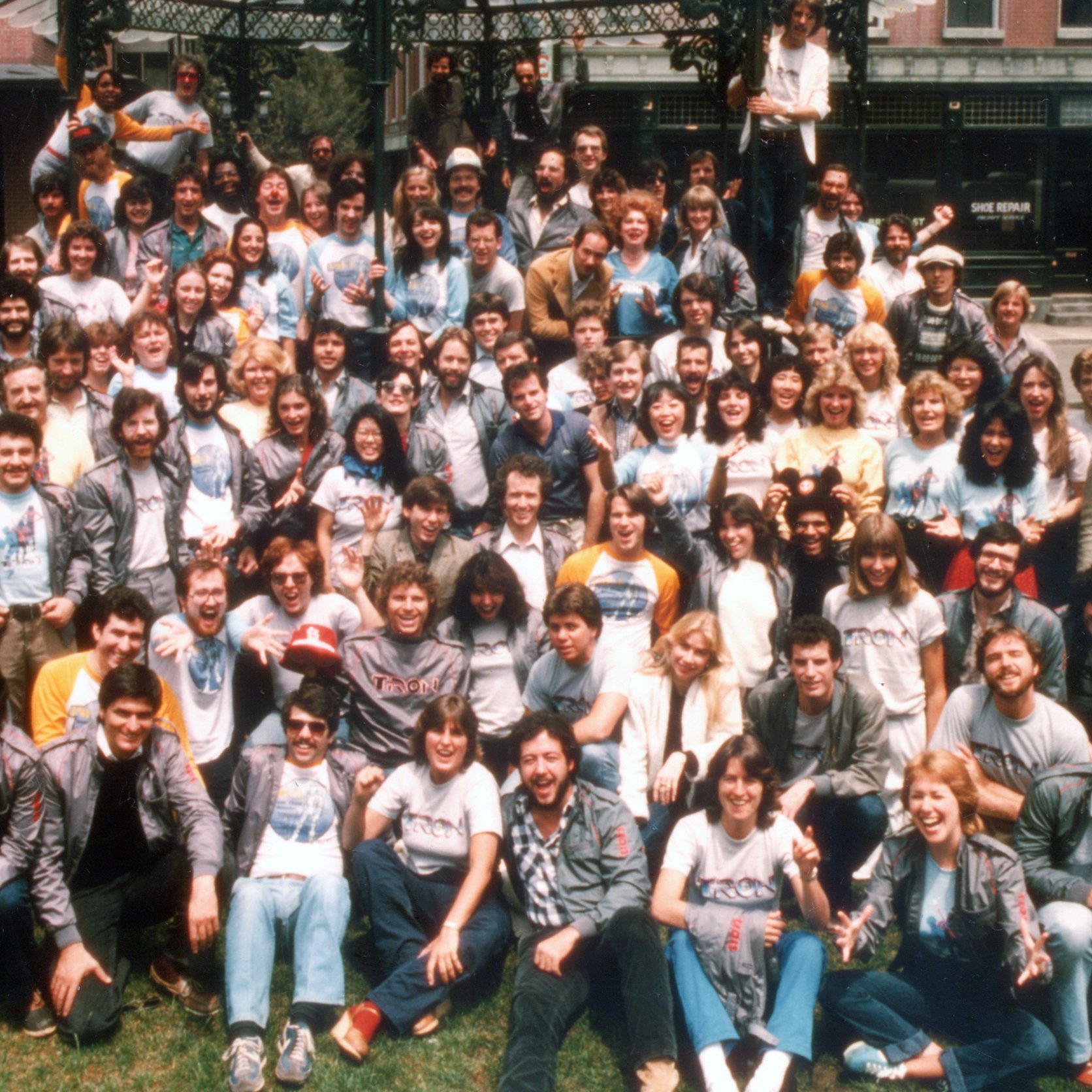
The vast majority of these crew members, as you might expect, were in the visual effects and animation departments.
[rtk_adunit_middle]
For comparison, a broad statistical analysis suggests that over half of the top films from the 80s until the mid-2010s had fewer than 500 crew members.

Sometimes, however, the number balloons completely out of control: Avatar (2009) had 2,984 crew members, while Iron Man 3 (2013) had a mind-boggling 3,310 crew members.
[rtk_adunit_bottom]
12. Debbie was at one point tipped to star

It’s impossible to know for sure, but rumour has it that Blondie singer Debbie Harry was once tipped to star as Lora/Yori, the role that eventually went to Caddyshack actor Cindy Morgan.
[rtk_adunit_top]
It’s quite common for directors, producers and studios to draw up a wishlist of actors who then turn out to be unavailable or not quite right for the part, and who never even know they were in the frame for a role in the film. However, this seems to be something different, for a couple of reasons.
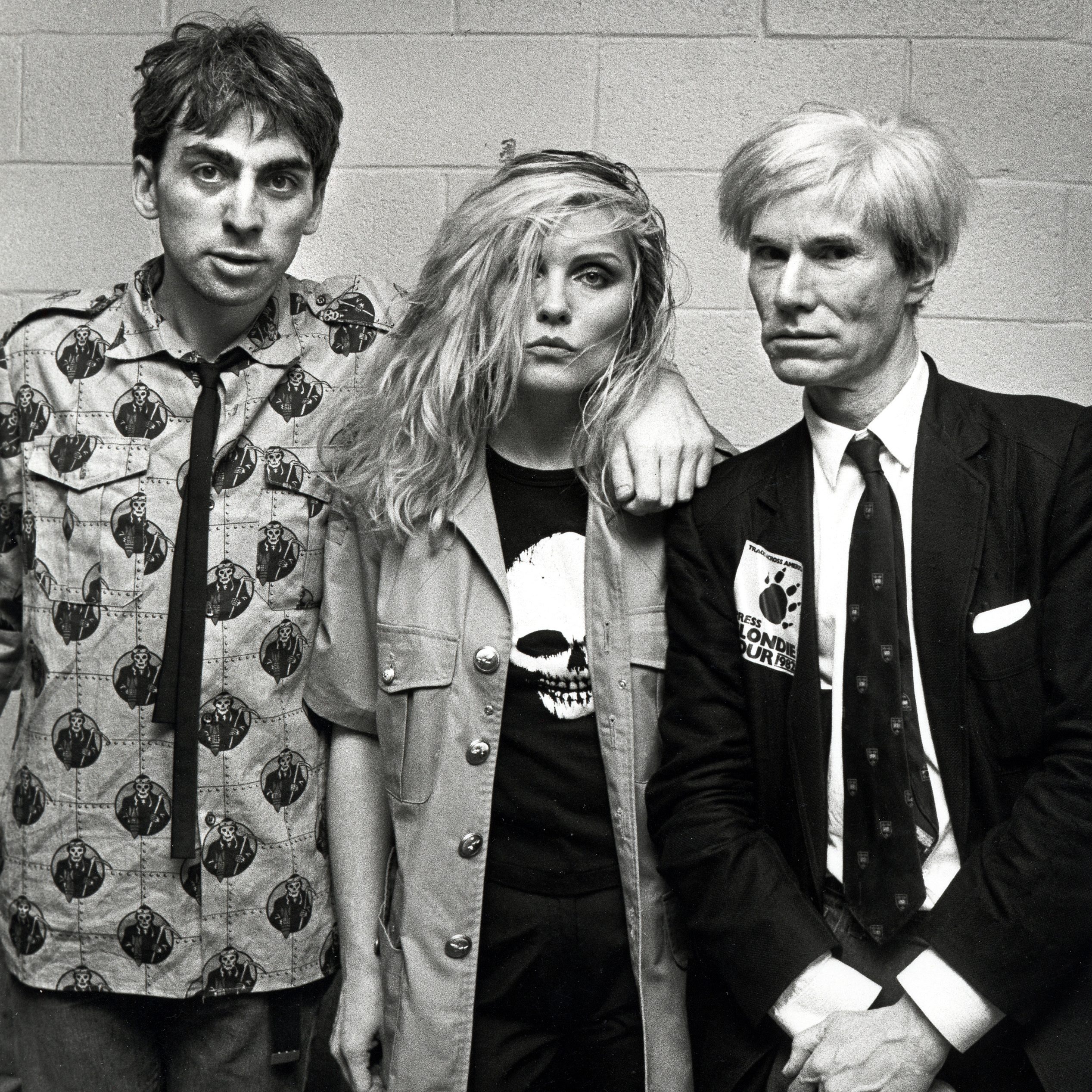
Blondie had been hugely successful in the late 70s, and Debbie Harry had become a household name. However, after a somewhat unremarkable album release in 1980, the band took a short hiatus. In this time, Harry branched out into solo work and acting, as in Union City and Videodrome (both 1983).
[rtk_adunit_middle]
Interestingly, this is exactly the period in which filming for Tron took place, and it’s suggested that Harry even screen-tested for the role.
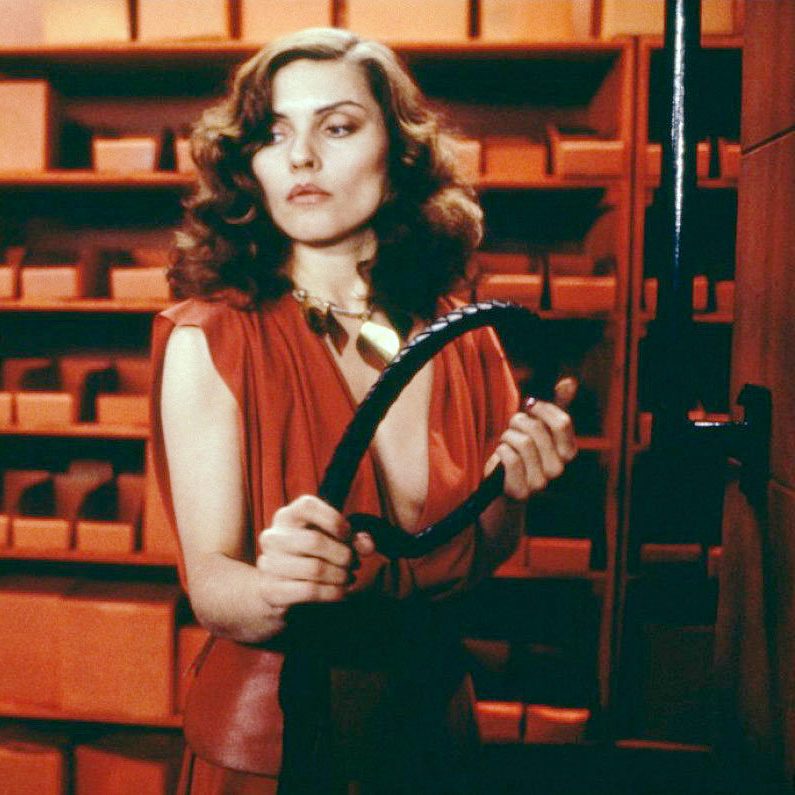
Harry’s role in Videodrome, as a sadomasochistic victim of a brainwashing device, is quite different to what she would have been doing in Tron, but the film shares similarly dystopian themes.
[rtk_adunit_bottom]
11. The film wasn’t considered for an Oscar because the Academy it was cheating
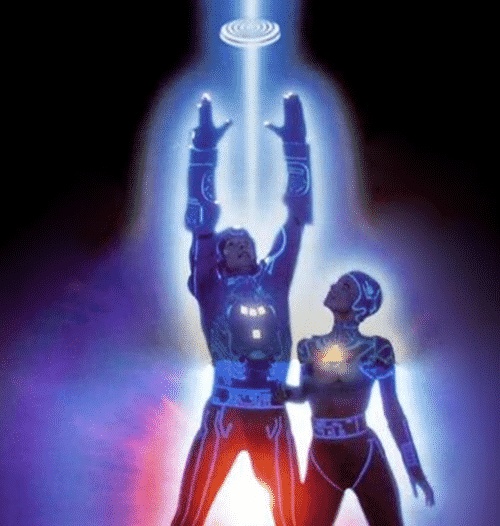
It might be hard to believe, but while Tron was considered the future of visual effects, it didn’t even get a sniff at an Oscar nod.
[rtk_adunit_top]
The film was certainly in stiff competition in the visual effects category that year, being considered alongside Poltergeist, Blade Runner, and the category’s eventual winner: E.T. the Extra-Terrestrial.
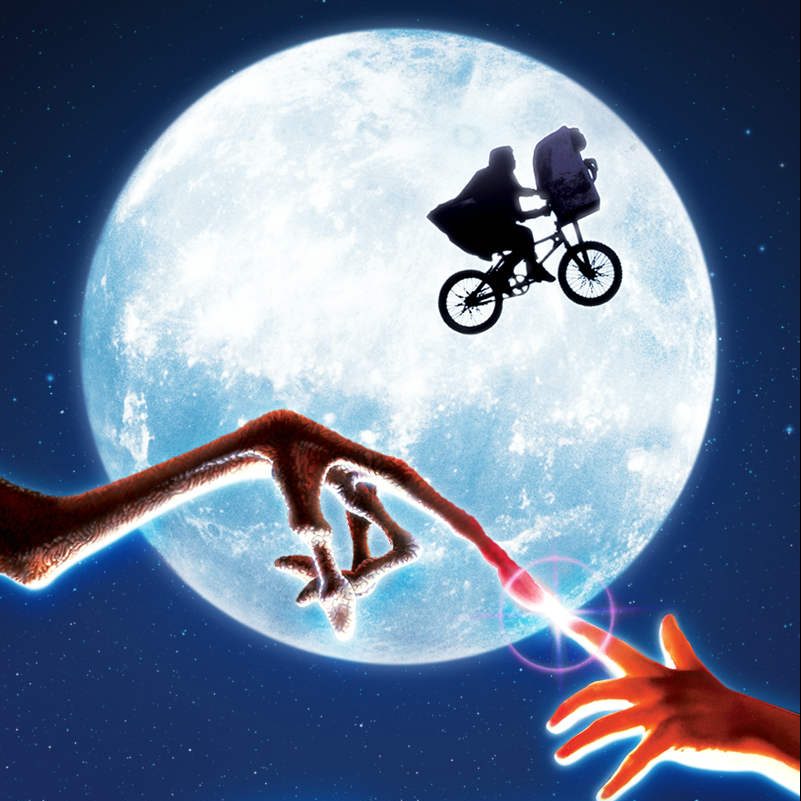
But the truth is, Tron was never even considered for an Academy Award in the first place, for one particular reason.
[rtk_adunit_middle]
“We used computer-generated imagery as an actual environment, which hadn’t been done at that point,” said Lisberger.
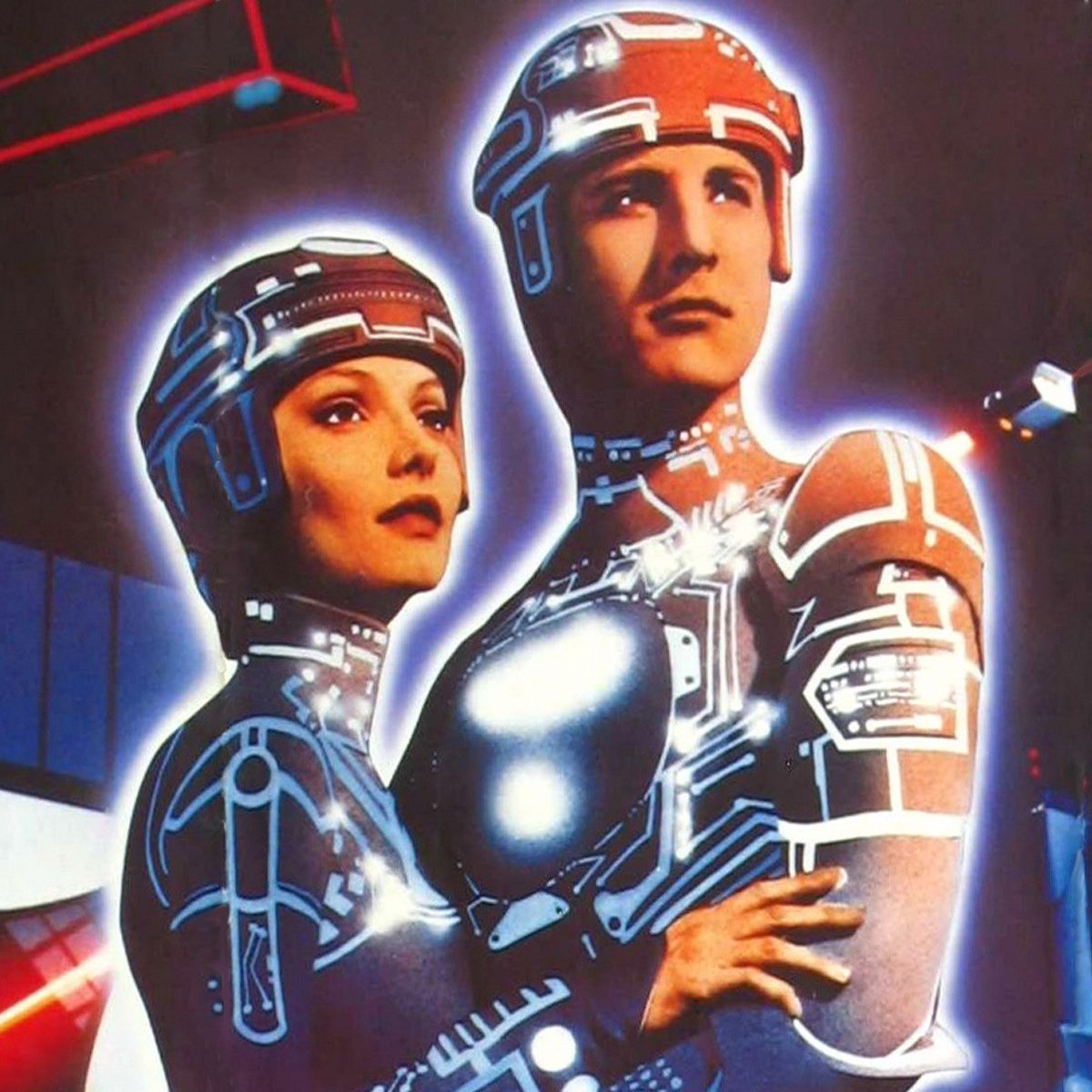
“We did all those effects in about seven months, which included inventing the techniques. The Academy thought we cheated by using computers.” Of course, looking at the kind of films up for the Visual Effects Oscar nowadays you’ve probably guessed that the Academy changed their minds!
[rtk_adunit_bottom]
10. Actors and CGI are never on-screen at the same time
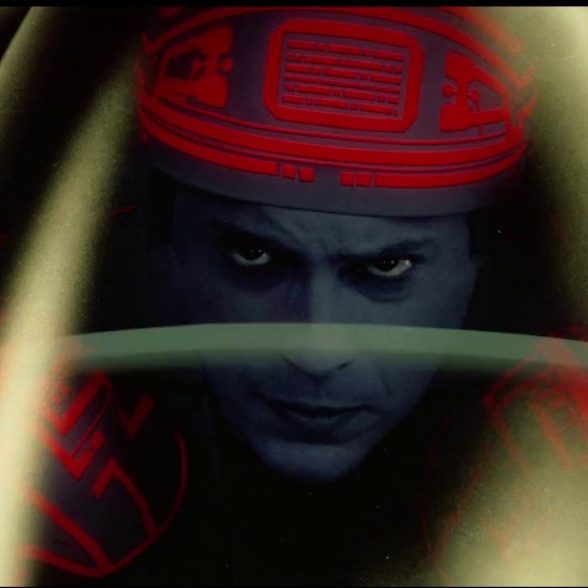
Tron certainly pushed the boundaries of digital filmmaking in 1982 – but this was, at the end of the day, 1982, and there were still several limitations on what technology would allow.
[rtk_adunit_top]
One such limitation was the fact that it was impossible, with the technology available at the time, to have both live actors and computer-generated animation on screen at the same time, but it’s possible that you never even noticed.

For all that Tron was revolutionary, it might surprise you to learn that, in fact, the groundbreaking computer animation accounts for only approximately 20 minutes of Tron’s total runtime.
[rtk_adunit_middle]
The rest of the time, the footage of live actors is combined with hand-drawn animation, which was much more feasible in 1982’s technological landscape.

Editors working on the film carefully spliced full CGI shots, such as the light cycle sequence, with the live-action footage in order to create a seamless viewing experience. Now you know!
[rtk_adunit_bottom]
9. The title doesn’t quite mean what you think
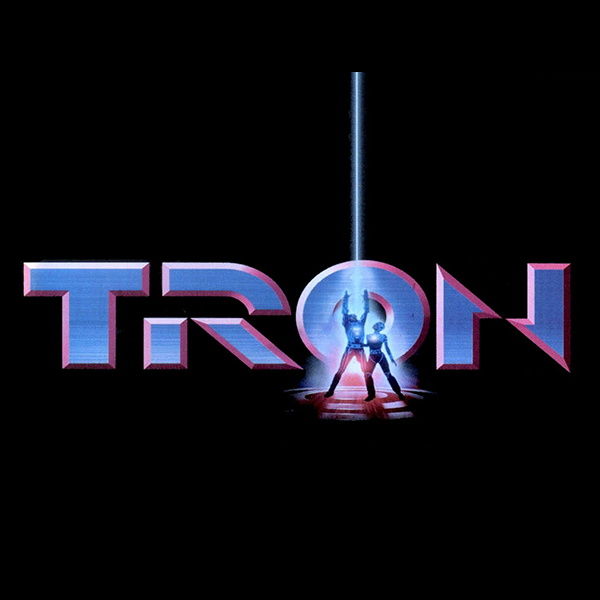
Let’s face it: you might not even have ever thought about what ‘Tron’ means. It’s the name of a character, and you’d be forgiven for thinking it’s just a mish-mash of futuristic letter combinations.
[rtk_adunit_top]
There is an interesting inspiration behind the character and the film’s name, but some have fallen prey to reading a little bit too much into it.
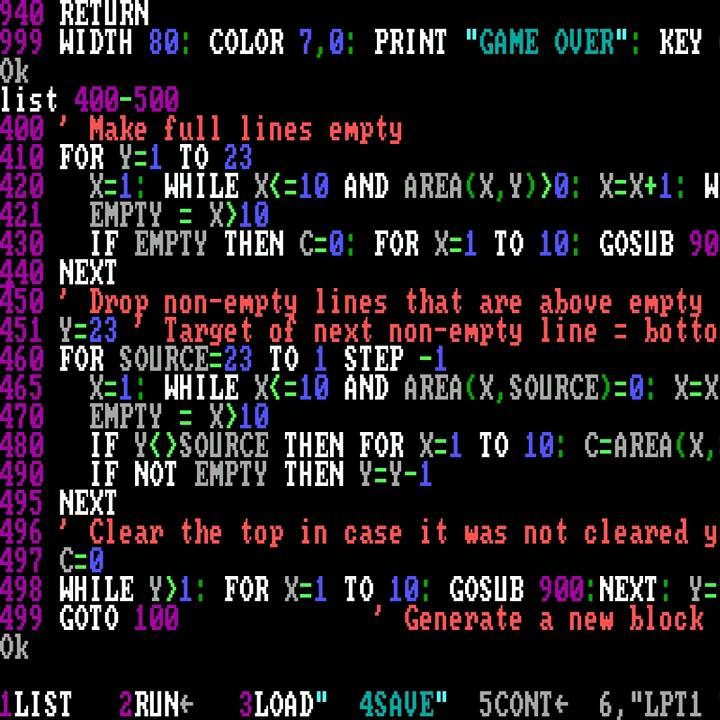
It turns out that TRON (as the movie is often stylised) is actually a debug – or troubleshooting – command in the programming language Basic, being the abbreviated form of ‘TRace ON’. For a film that’s literally about going inside a computer, this would be a reasonable explanation.
[rtk_adunit_middle]
Unfortunately, the actual reason behind the name is a bit more prosaic. Lisberger has stated in interviews that it derives from the word ‘electronic’, and he didn’t realise it was a Basic command until long after the film’s release.
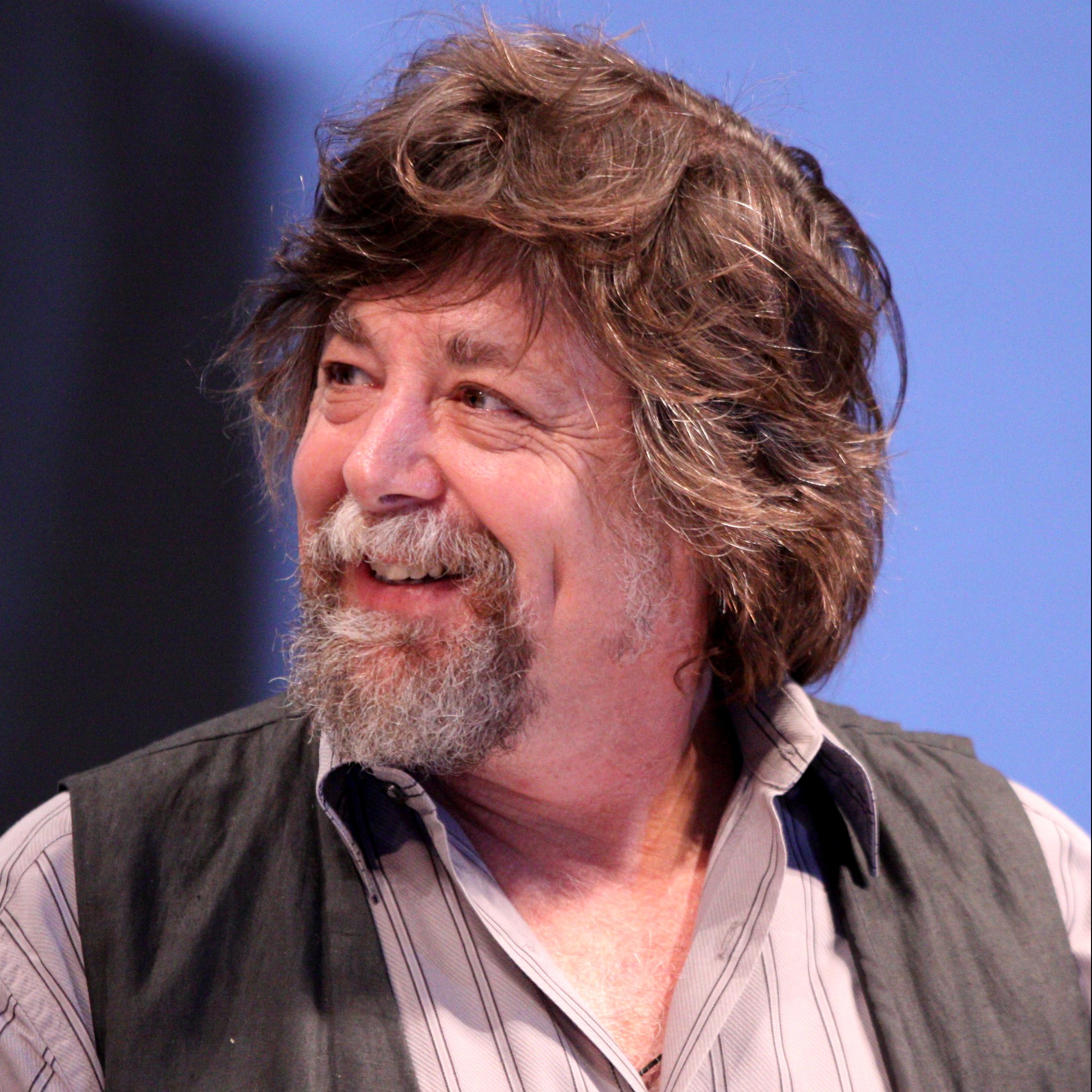
Lisberger had created the character of Tron years before the idea for a feature film ever came to fruition, though hardly early enough to predate Basic, which was invented in 1964.
[rtk_adunit_bottom]
8. The score for the film CAME FROM the same synthesizer that composed THE SOUNDTRACK FOR The shINING
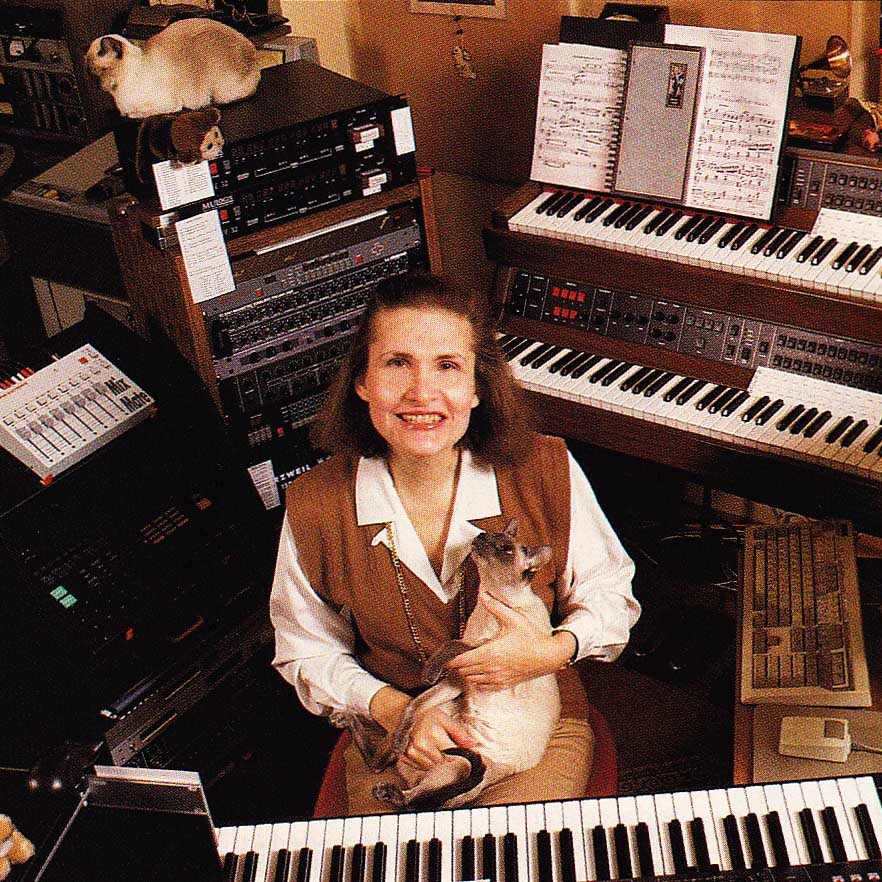
We’ve already given composer Wendy Carlos credit for saving her soundtrack through the creative use of an oven, but it’s worth mentioning that Carlos was pioneering in her music too.
[rtk_adunit_top]
Credited as one of the true founding figures of electronic music, it’s no surprise that Carlos was selected to compose the soundtrack to a futuristic film like Tron – but her pedigree was so much more than just the genre in which she worked.

Along with engineer Robert Arthur Moog, Carlos was instrumental in developing the so-called ‘Moog Synthesiser’, one of the first widely available keyboard synths. Carlos came to prominence through her 1968 album Switched-On Bach, featuring the music of Johann Sebastian Bach played on one such synthesiser, which won her three Grammy awards.
[rtk_adunit_middle]
After this roaring success, Carlos was personally sought out by legendary director Stanley Kubrick to compose the soundtracks to A Clockwork Orange (1971) and The Shining (1980).
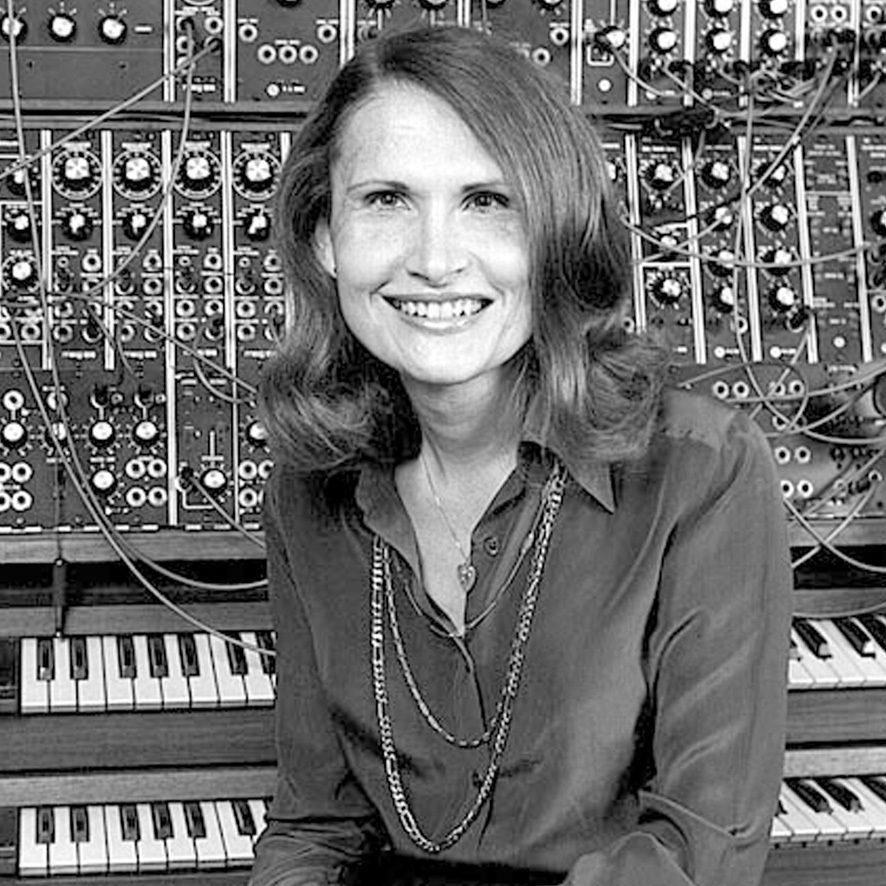
When composing for Tron, Carlos used the same approach and in fact the very same Moog synthesiser, meaning that the Tron soundtrack is deeply connected to two of the 20th century’s most seminal films!
[rtk_adunit_bottom]
7. The cameras were literally nailed down FOR THE SCENES SET IN THE DIGITAL WORLD
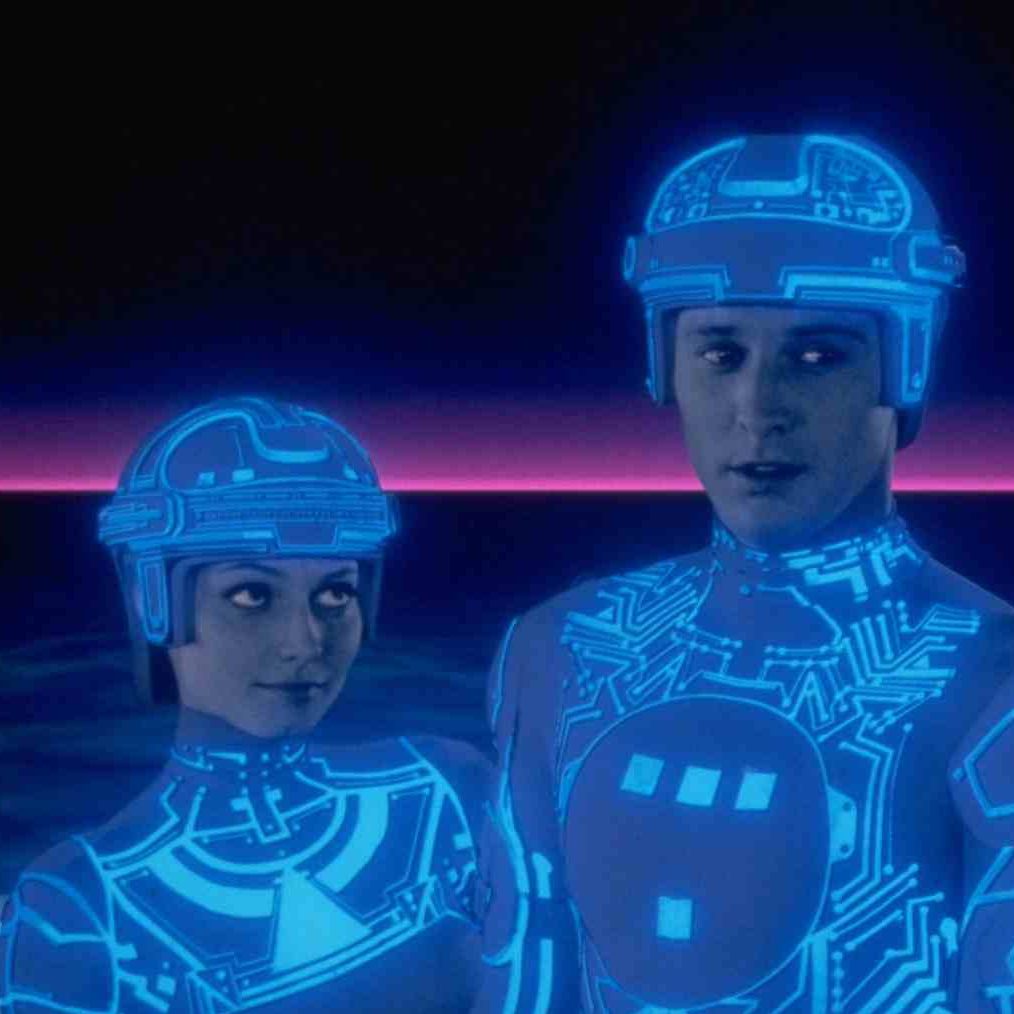
Even though Tron is as sci-fi as they come, at its core it’s an action-adventure story about intrepidly exploring a strange new dimension – so it might seem strange at first to learn that the cameras for this adventure film were literally nailed to the floor.
[rtk_adunit_top]
We don’t need to tell you that camerawork is an integral part of filmmaking, and especially in a film that’s mean to be pacy and thrilling, you might expect the camera to follow the action, but Lisberger and cinematographer Bruce Logan had other things in mind.
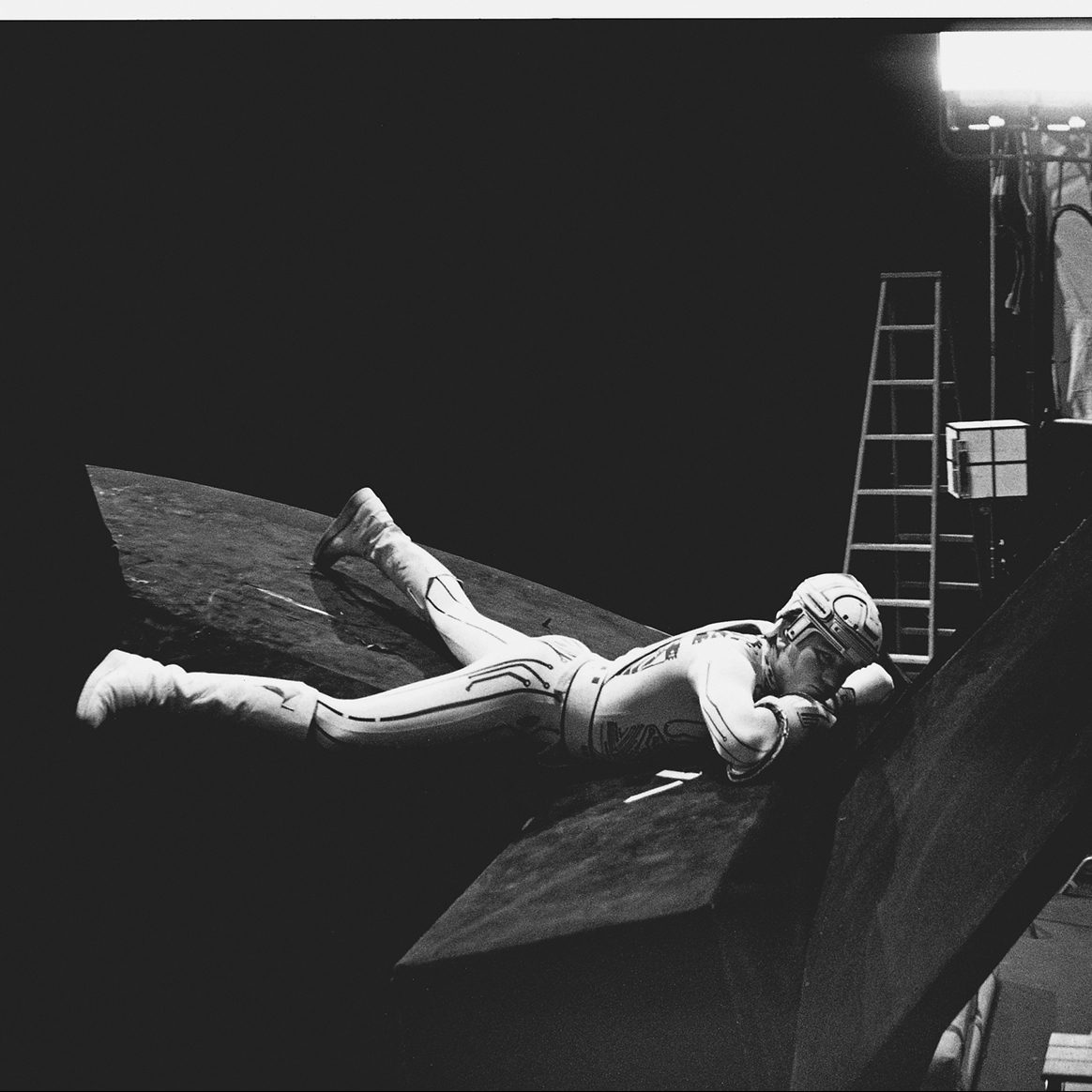
According to the DVD commentary, the cameras were fixed to the floor during the scenes in the digital world that featured live action characters.
[rtk_adunit_middle]
In fact, the cameras were nailed to the floor and attached so firmly that they wouldn’t move even if impacted by a car!
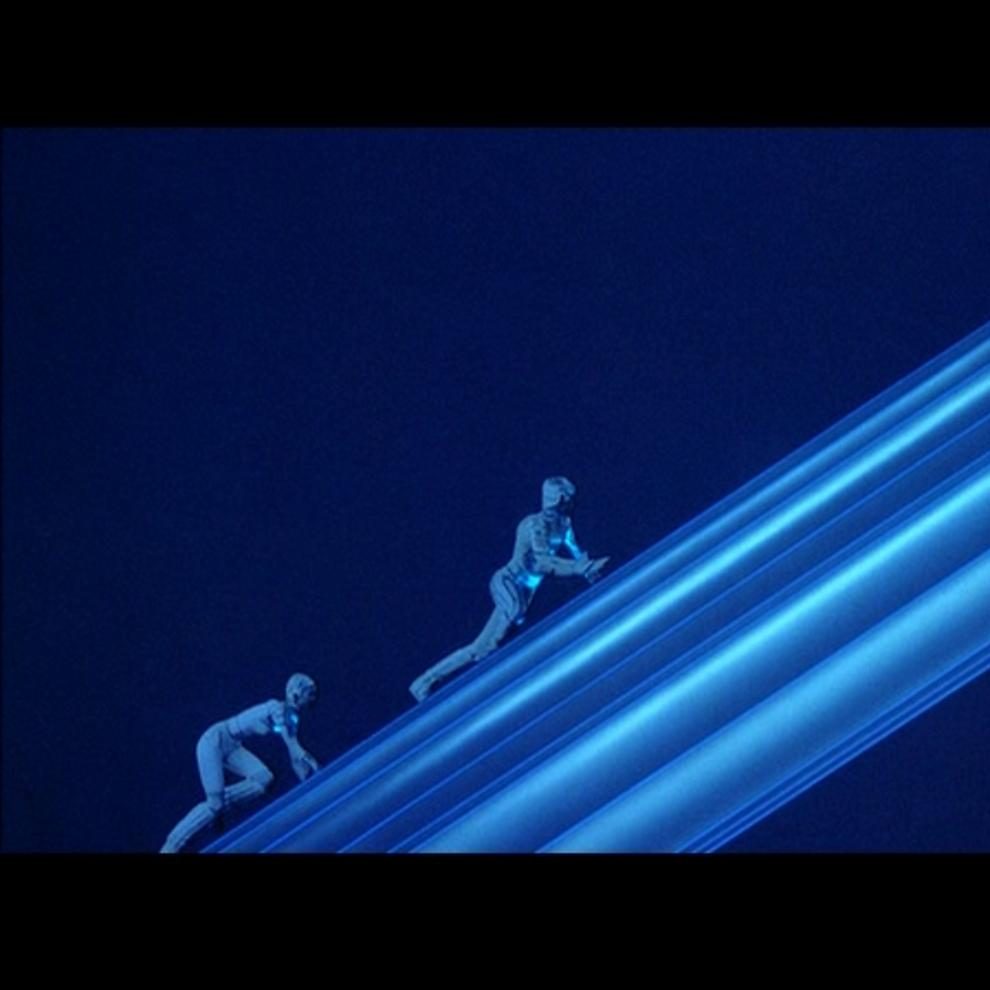
We can only speculate what the exact reason behind this practice was, but it does add a strange sense of sterility to the electronic world, and also helps us suspend our disbelief: if the camera moves, that means there must be a cameraman!
[rtk_adunit_bottom]
6. The film’s release date was brought forward so Disney could compete with another film
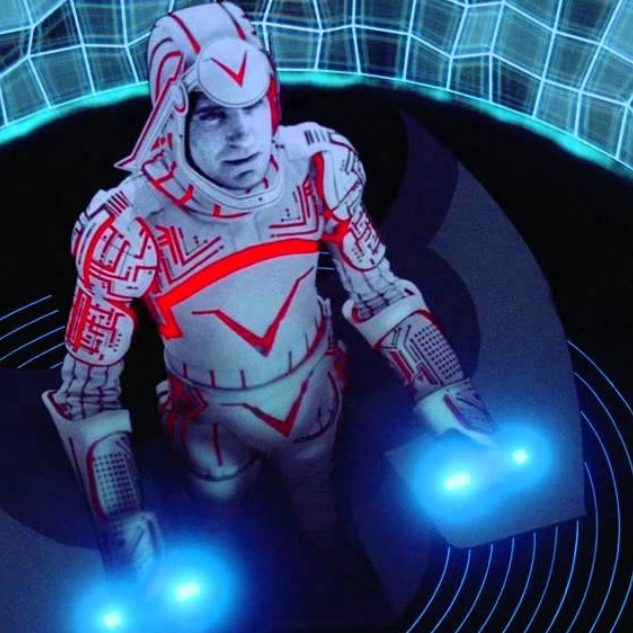
Put the sleigh bells away and get the Christmas pudding back in the fridge – Tron was never going to be a film about saving Santa through the power of Christmas spirit, but it was meant to be Disney’s big holiday blockbuster for 1982.
[rtk_adunit_top]
What caused the film to instead release in July, and go head-to-head with Blade Runner and E.T. the Extra-Terrestrial, isn’t because Disney was going for the sci-fi crown either. In fact, according to extracts from The Making of Tron, the reason for Tron getting brought forward was a petty one.

In 1979, Don Bluth resigned from Disney and started his own animation studio. Bluth would eventually become best renowned for the fully animated arcade game Dragon’s Lair, released in 1983, but first he was focused on becoming the next Disney by releasing an animated feature film.
[rtk_adunit_middle]
That film was The Secret of NIMH. According to Visual Effects supervisor Richard Taylor, Disney chairman Card Walker was keen to use Tron to get back at Bluth for trying to compete, and demanded Tron’s release be brought forward to directly compete with Bluth’s film.

“Card Walker wanted Tron to come out on the same weekend to take away from their box office,” said Taylor. “And that is the reason. No objectivity. Nothing. Pure revenge. No consideration for Tron being something really special. It was entirely motivated by revenge. The stupidest thing in the world.”
[rtk_adunit_bottom]
5. The film’s effects directly inspired Toy Story
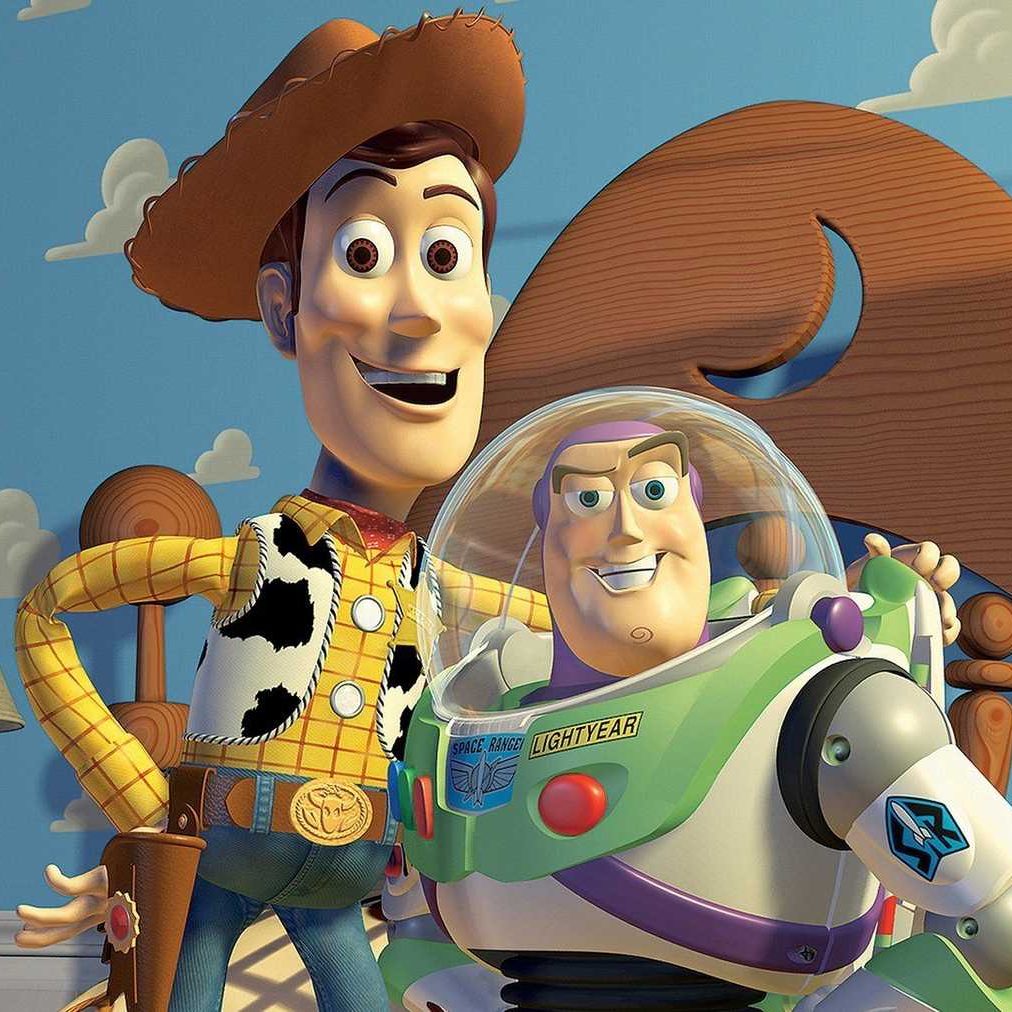
Pixar is one the world’s biggest studios, and responsible for some of the biggest animated hits that cinema has ever seen (putting aside, perhaps, Cars 2).
[rtk_adunit_top]
Given that Tron was such a pioneer in computer-generated visuals, it’s no shock to learn that Pixar took notice – but even before the film’s release, Pixar co-founder John Lasseter had already realised that Tron was on to something.
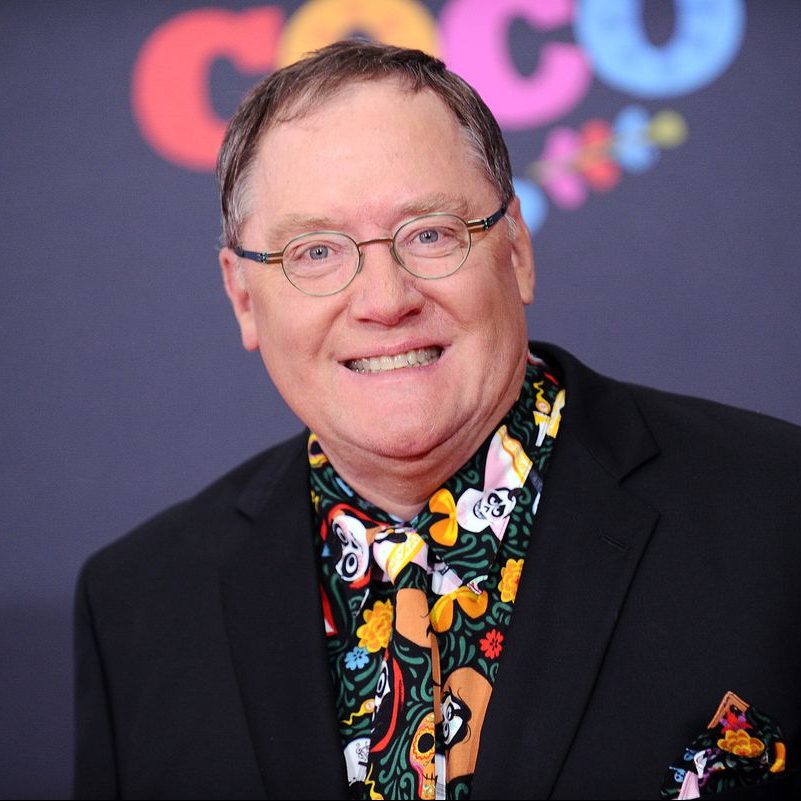
On seeing a work in progress of Tron’s light cycles, Lasseter said “It absolutely blew me away! A little door in my mind opened up. I looked at it and said, ‘This is it! This is the future!'”
[rtk_adunit_middle]
The film convinced Lasseter to more aggressively pitch to Disney a studio focused solely on CGI films, but Disney weren’t interested. Instead, Lasseter had to take a roundabout route through Lucasfilm before being acquired by Apple’s Steve Jobs and ultimately forming Pixar.
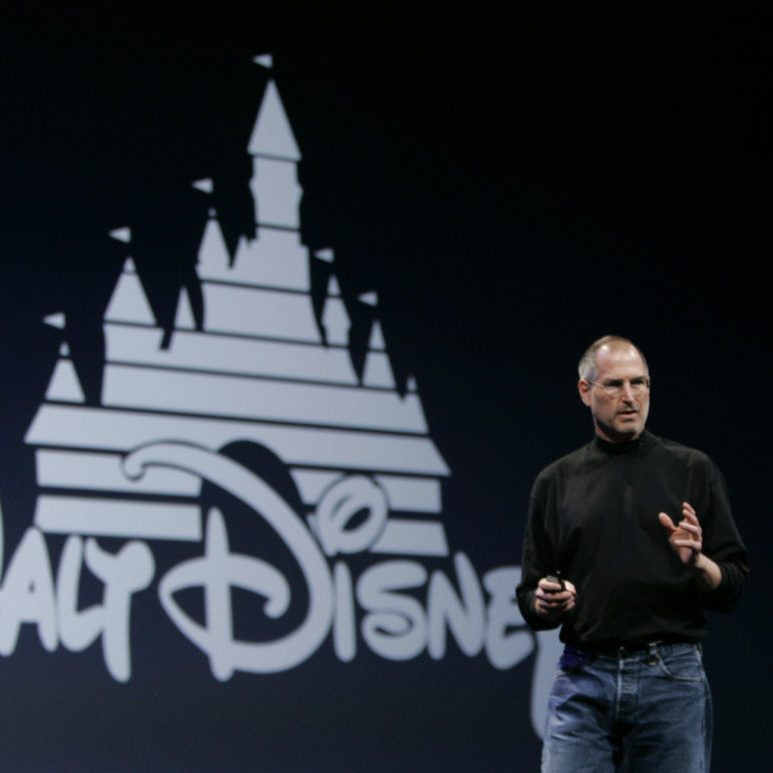
“Without Tron,” Lasseter has said, “there would be no Toy Story.” And without Toy Story, and the runaway success of computer animation, you can be sure that there’d be no Tron: Legacy!
[rtk_adunit_bottom]
4. It was the first film ever shown on the Disney Channel
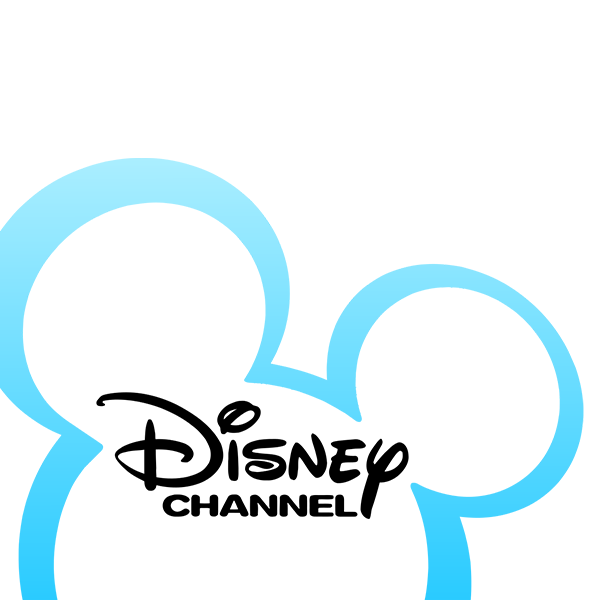
The Disney Channel is best known for its teen sitcoms, often music-themed, like Lizzie McGuire, Hannah Montana, and High School Musical, but when it launched in 1983, it had a surprising movie shown on its first day of programming: Tron.
[rtk_adunit_top]
The idea for the channel was originally conceived in 1977, but was initially turned down when Disney executives wanted more focus on Epcot, the Disney park that launched in 1982.

It was later mired in financial trouble that again delayed its launch, but the channel had its first full day of programming on April 18th 1983.
[rtk_adunit_middle]
The first program aired was Good Morning, Mickey!, consisting of various animated shorts, with Tron – then a recently released movie – being the channel’s big blockbuster to round out the first day.

The Disney Channel was a huge success, in particular contrast to other premium TV services at the time, including HBO’s Take 2, which was only on the air for a matter of months.
[rtk_adunit_bottom]
3. There was an animated spin-off series

Tron: Legacy was released to much fanfare in 2010, picking up several decades after where the original film left off. But did you know there was an animated series about the time in between the original film and its sequel?
[rtk_adunit_top]
Tron: Uprising aired on Disney XD – the successor to the Disney Channel – between May 2012 to January 2013, and starred Elijah Wood as a program within the electronic universe who orchestrates a revolution against Clu’s autocratic regime.

The series also sees the return of Bruce Boxleitner as Tron, and other stars like Die Hard actor Reginald VelJohnson.
[rtk_adunit_middle]
The first episode drew nearly 1.8 million viewers, but the show wasn’t especially well-received, and the subsequent episodes – where the data for ratings was recorded – average only around 400,000 viewers.

In January 2013, producer Edward Kitsis noted the declining figures for the show and said “I don’t know what the future [of Tron: Uprising] is now. I know at the present, I can say we need more viewers. I’m so proud of that show and I love that show and anyone who watches it loves that show. The problem is, not enough people are watching it.” No further seasons of the show were commissioned.
[rtk_adunit_bottom]
2. The inclusion of discs as weapons was a deliberate anti-gun move
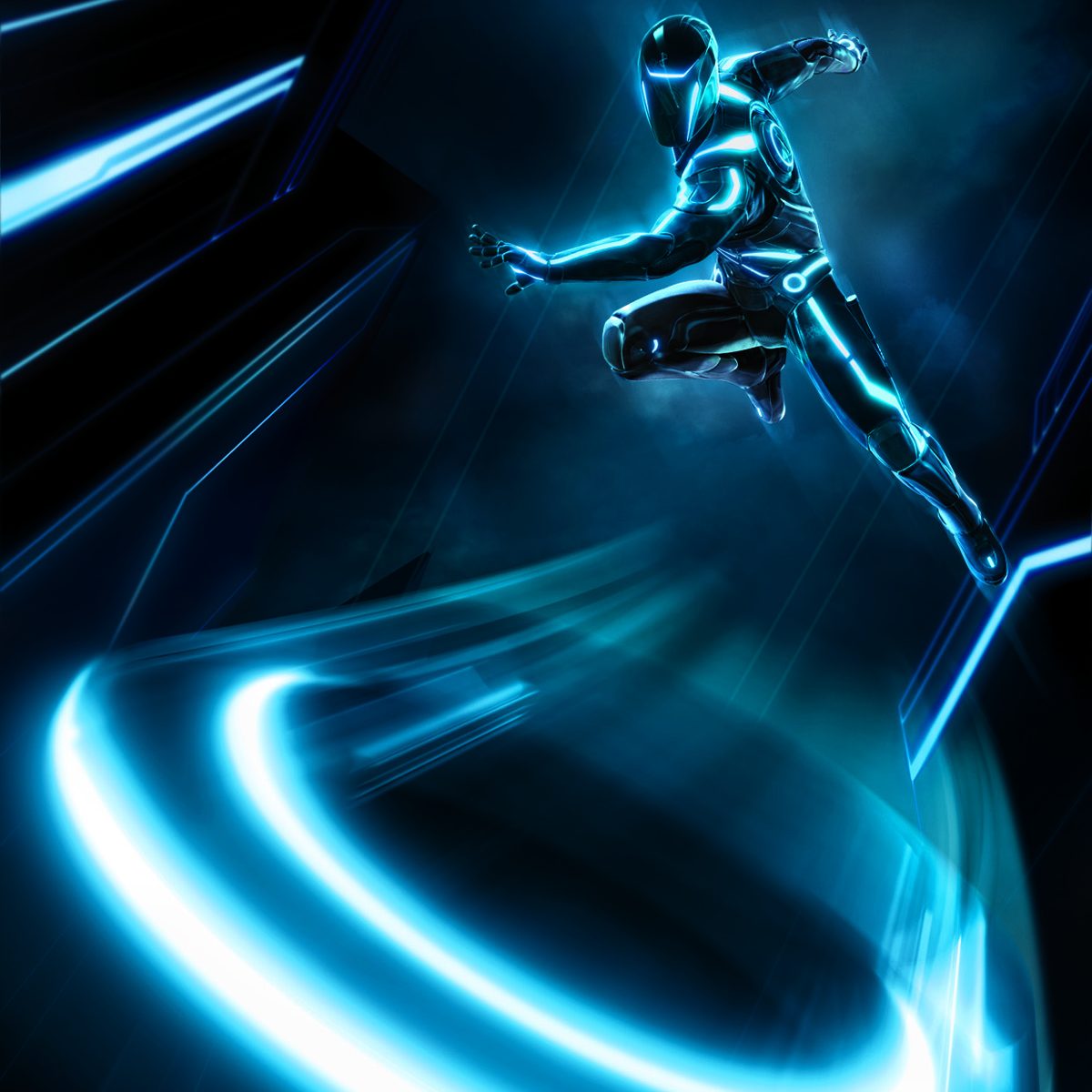
The use of guns in family films is understandably controversial, with mass shootings and gun control issues being polarising issues in the US. So for Steven Lisberger’s action movie, he was keen to stay well clear of any controversy.
[rtk_adunit_top]
You might think that the energy disks used in the film were chosen to give Tron a futuristic feel, but the decision was more made with the safety of its younger audience in mind.
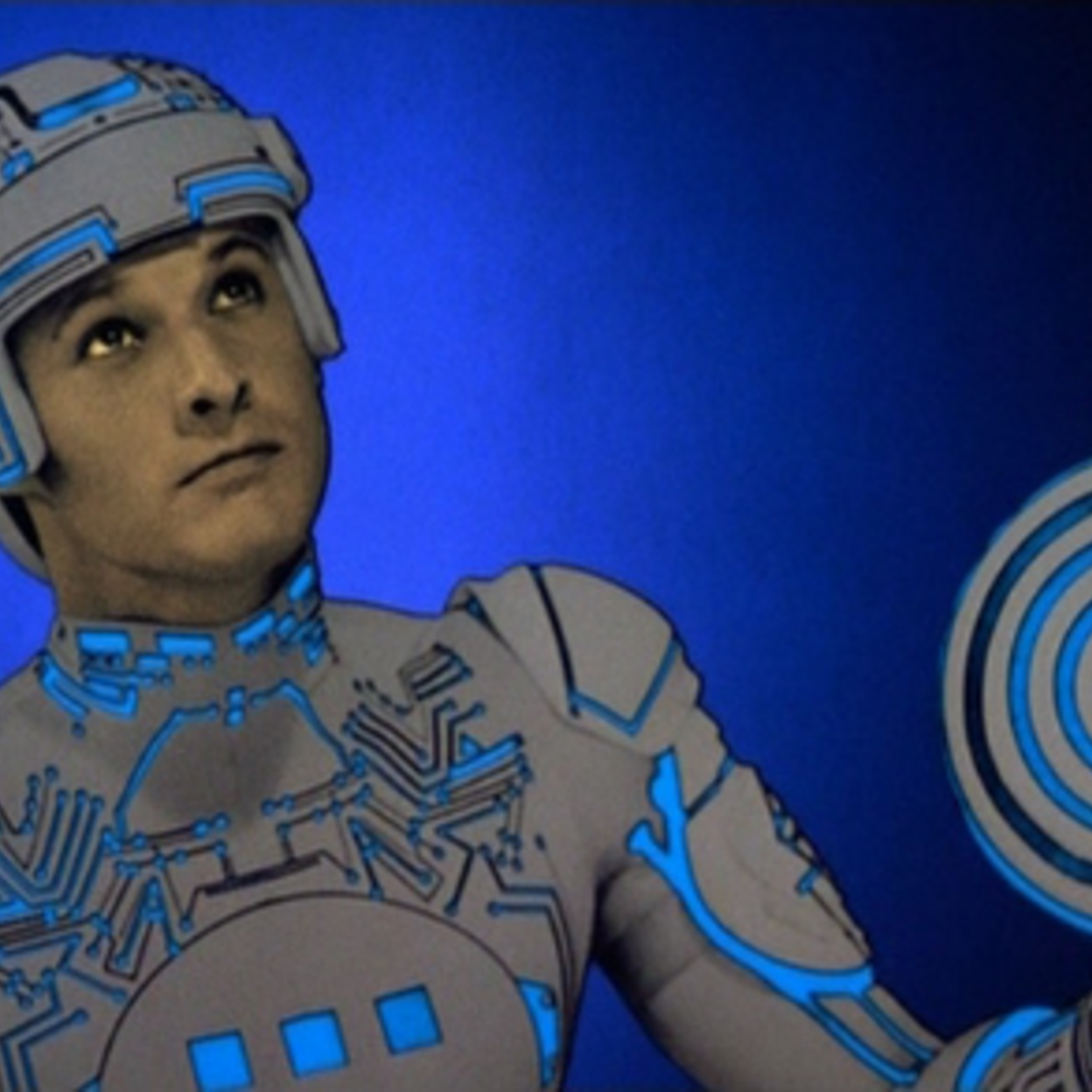
“’I am pretty proud of the fact we have so much excitement in Tron without the violence …’” reads a contemporary interview with Lisberger in Infoworld. “The characters’ personal weapons in the ‘computer world’ are energised frisbee disks, Lisberger explained.
[rtk_adunit_middle]
“These disks don’t have lethal counterparts in the real world so children won’t be tempted, as they could be with guns and other weapons, to replicate the screen violence at home.”
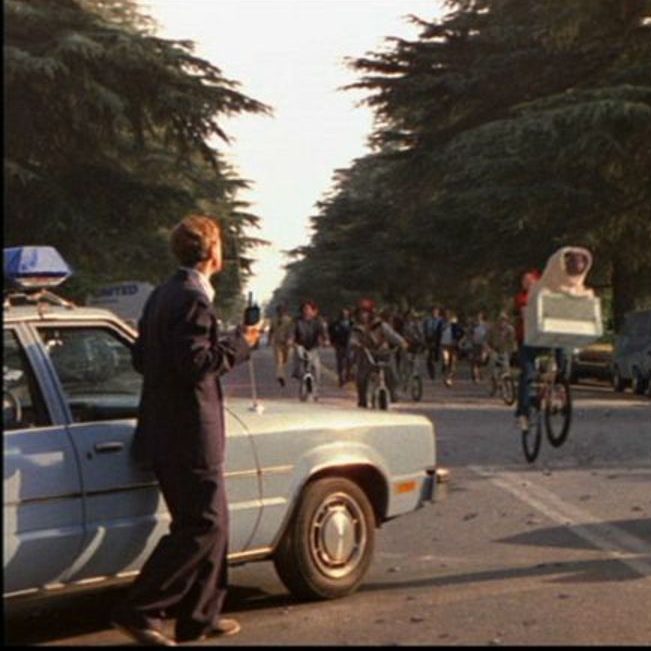
Other films of the era have had a rocky relationship with the use of guns. E.T. the Extra-Terrestrial was infamously edited in a later release to digitally replace the agents’ guns with walkie talkies. Amid outcry, Spielberg has now reversed that change in newer versions.
[rtk_adunit_bottom]
1. One Tron superfan was an early internet celebrity
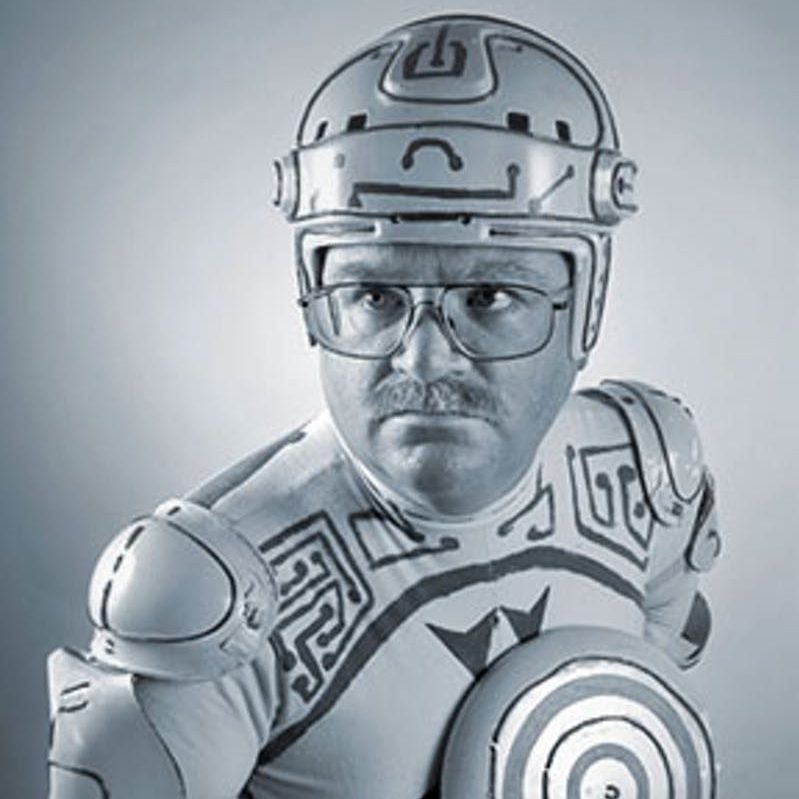
You might have enjoyed Tron. You might have really enjoyed Tron. But you still won’t have loved it as much as renowned Tron superfan Jay Maynard, also known as – shockingly – Tron Guy.
[rtk_adunit_top]
Maynard, a science fiction enthusiast from Fairmont, Minnesota, created a replica Tron costume to wear to a convention in 2004. The combination of the costume’s revealing nature and Mayner’s everyman appearance (with glasses and moustache) led to a burst of internet fame.

A computer programmer by trade, Maynard is also a volunteer project maintainer for Hercules, a program that seeks to emulate IBM mainframe hardware; this same hardware inspired the movie that he loves so much.
[rtk_adunit_middle]
Maynard gained such fame in the early days of the internet that he was parodied in an episode of South Park, ‘Canada on Strike’ that aired in 2008.

Maynard was going to attend a screening of Tron: Legacy in his iconic costume in 2010, but was banned from the cinema because the lights on his suit would supposedly prove a distraction for other customers. Having eventually seen the film, Maynard’s take on the film was that it was “visually stunning, intellectually engaging and emotionally exhausting.”
[rtk_adunit_end]

